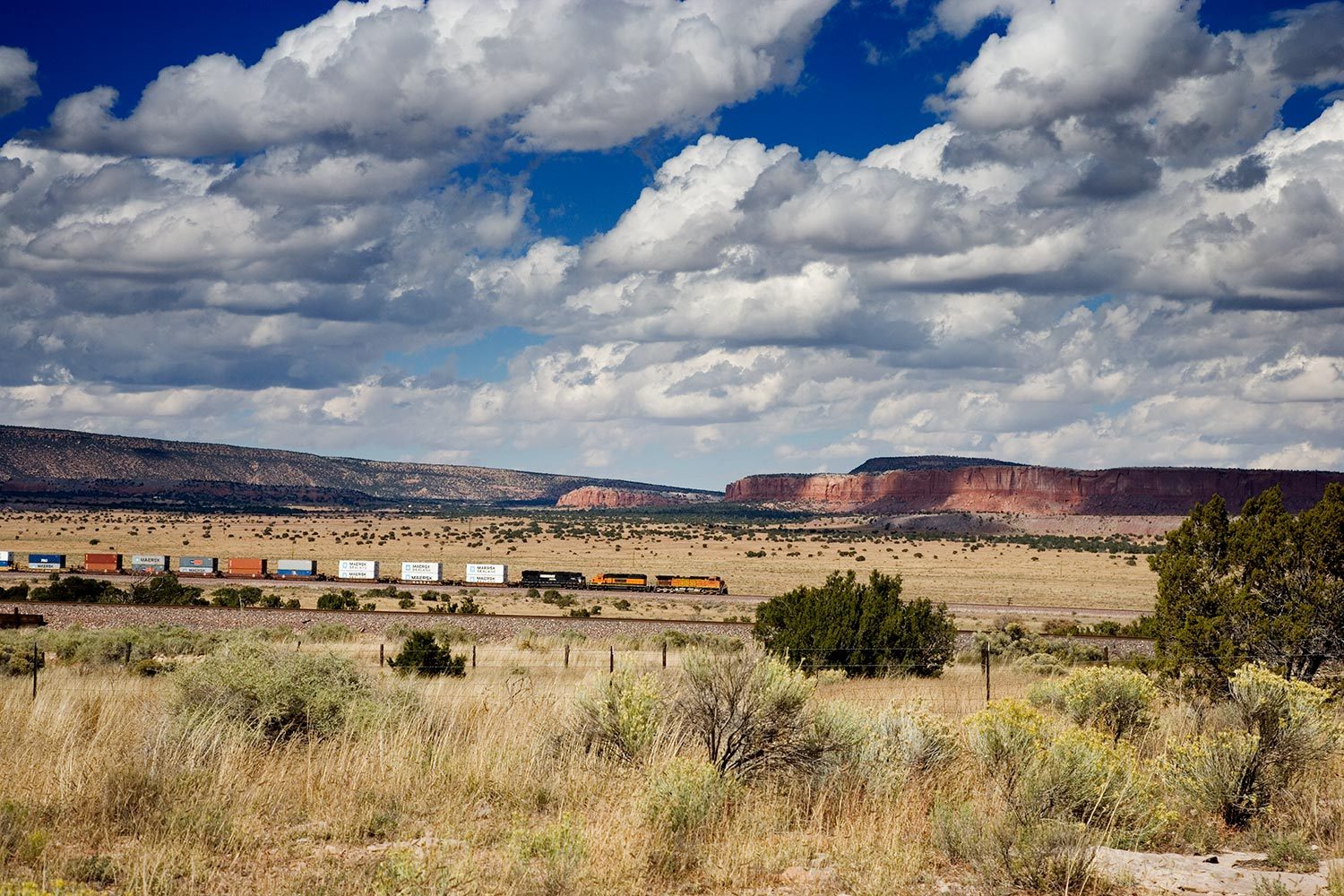Wild West Revisited
While in New York City, visiting my daughter in college, I received a call from an old friend inviting me over to Kansas. He, however, warned me that it would not be as glamorous as the city that never sleeps. In fact it might be somewhat ‘boring’. Now I have read about life on the frontiers — the vast farmlands, the cattle towns of the Midwest and seen them in the movies of the wild west in my school days. So, if he thought that would be ‘boring’ for me, then I would love ‘boring’.
So the very next day, my daughter and I got on an internal flight to Philadelphia and then onward to Kansas City. As our plane hovered over Kansas City in the late evening, I couldn’t stop myself from singing Trini Lopez’s old hit ‘I’m going to Kansas City, Kansas City here I come.’ Thinking it inappropriate with my daughter sitting next to me, I hummed the next lines under my breath.
No sooner had we landed, my friend asked me about my plans. Without any hesitation I said I wanted to visit the hometown of the most infamous outlaw Billy the Kid. Wichita also happens to be the town of the most famous sheriff of the Wild West, Wyatt Earp. So the next day, right after an early breakfast, we headed off from Lawrence to Topeka, Emporia and then to El Dorado and the Chisholm Trail, along the Arkansas River to reach Old Cowtown, a mid-western cattle town of the 1870s in Wichita.
Glen Campbell’s country classic ‘Wichita Lineman’ came to mind. As we passed the Chisholm Trail, I just couldn’t help humming to myself Woody Guthrie’s ‘The Old Chisholm Trail.’ The ride from Lawrence to Old Cowtown in
Wichita, a distance of 165 miles, took us all of two and a half hours.
The Old Cowtown, a Midwestern cattle town, now incorporated on 25 acres as the Old Cowtown Museum in 1952, consists of over 26 authentic historic buildings. It transported me back to the Southern Plains of the American Frontier of those western movies of my youth.
Just as we started our stroll down the dusty street of Old Cowtown, three masked men rushed out of the local bank. Before they could cross the street, the sheriff came around the corner, outdrew and killed all of them. Everybody clapped and we took pictures with the sheriff after that. Then we went on to check out the saloon called Fritz Snitzler’s Saloon, where I presume cowboys played poker and had one too many gunfights. Later we visited the Livery and Stables which had all sorts of saddles, reins, stirrups, and spurs. The Carpenter Shop had hundreds of tools of the period.
As we came out, a wagon full of visitors creaked by us. It was then we heard the clanging of the hammer on the anvil of the town blacksmith. He was a big man with a brush of white beard. As we strolled along, a group of ladies in costume of the frontier walked by us. The Southern Hotel, a two-storied structure showcases accommodation from those days with room charges at 50 cents a day with a sit-in bath tub and hurricane lamps for lighting. Lastly, at the attorney’s office, an old table clock caught my eyes. Later in Maryland when I saw a similar clock at an antique shop, I just grabbed it — a great reminder of my time in the wild west.
The author is an art collector





